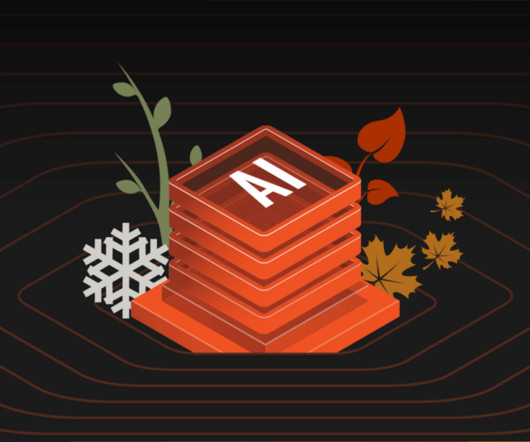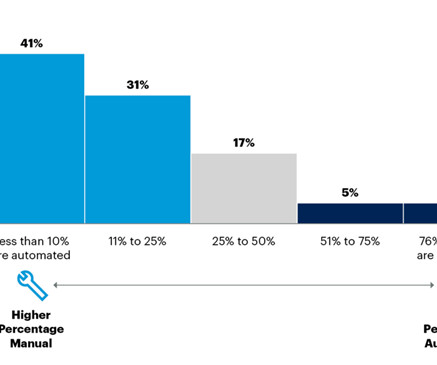What you need to know about product management for AI
O'Reilly on Data
MARCH 31, 2020
Machine learning adds uncertainty. Underneath this uncertainty lies further uncertainty in the development process itself. There are strategies for dealing with all of this uncertainty–starting with the proverb from the early days of Agile: “ do the simplest thing that could possibly work.”






























Let's personalize your content